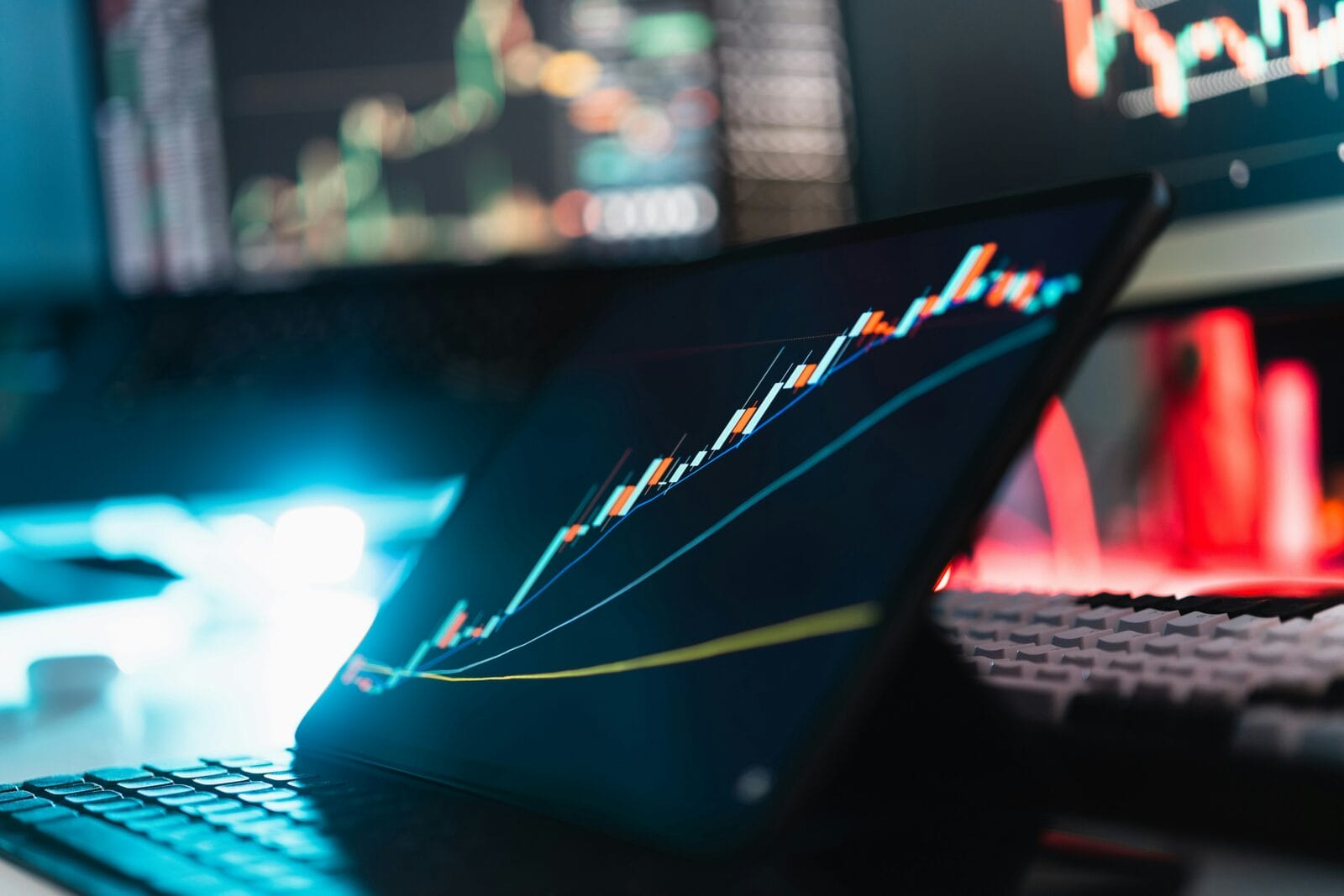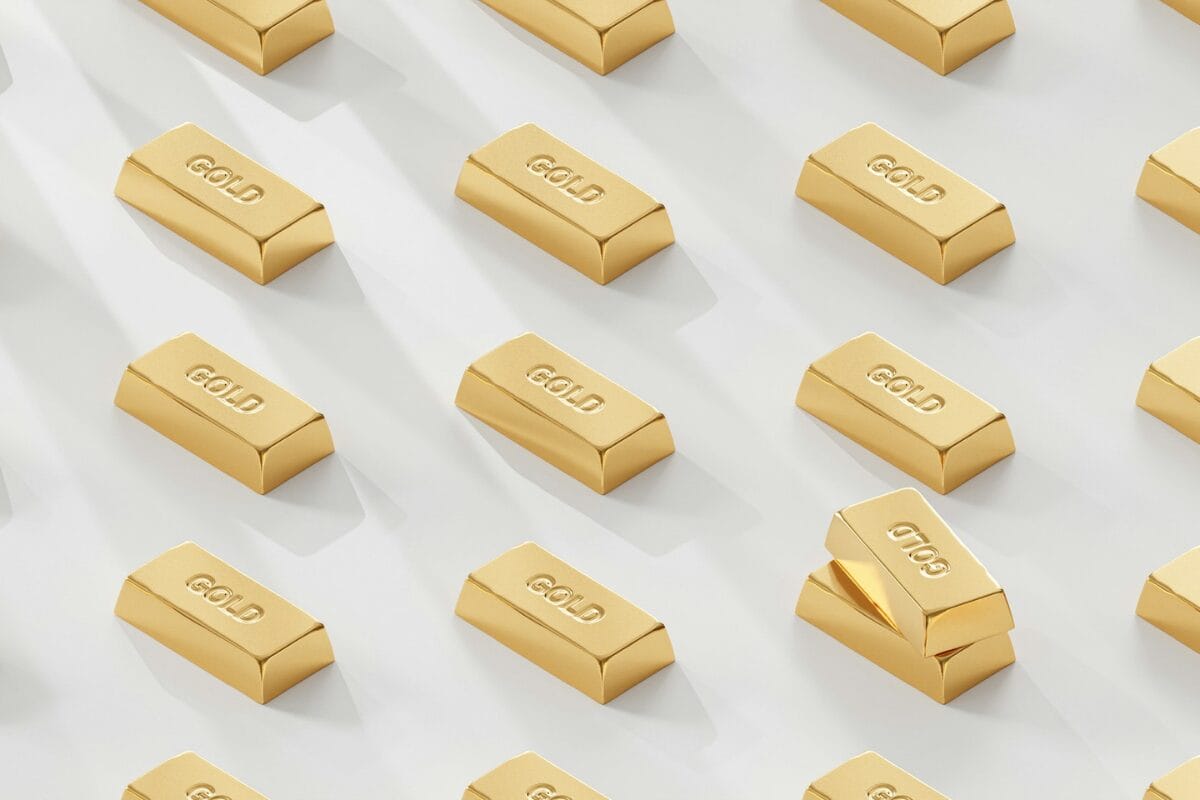Written by Rob Morgan, Chief Investment Analyst at Charles Stanley
Just as athletes at the Olympics crave the top step of the podium and the prize of a gold medal, investors are increasingly eyeing the opportunities in gold as a haven from inflation and geopolitical uncertainty.
The fascination and appeal of gold has stood for millennia. For much of human history it has been used as a means of exchange, a store of value and a recognisable display of wealth and power. No wonder then the top Olympians receive prestigious medals containing gold, and surely always will.
But gold has a special allure for many investors too. It tends to maintain its spending power over time, can become the go-to asset in times of crisis, and represents an ‘independent’ currency that cannot be debased.
Such is the value of gold that Olympic medals aren’t made predominantly of the metal. According to International Olympic Committee requirements, they are made of at least 92.5% silver, and only about six grams of gold. The last time solid gold medals were awarded was in Stockholm in 1912, so extra Olympic demand cannot be part of the explanation for the recent rise in the gold price!
Gold has performed remarkably well in 2024 to date, rising by 17% despite elevated real interest rates. The explanation lies in ongoing central bank buying, strong investment flows out of Asia and resilient consumer demand.
Why are investors attracted to gold?
Gold can act as a safe haven asset, a financial teddy bear investors cling to in times of crisis. When the world seems uncertain, its timeless and immutable nature has greater appeal.
That’s because gold has a special status as an important hedge against inflation, a historic store of value and an ‘independent’ currency that cannot be debased. Paper currencies lose their value over time as more money is created. The supply of gold and other precious metals, meanwhile, is strictly limited, and expensive investment is necessary to discover and extract more. They can therefore act as a diversifier for those with broad portfolios who want to add something different that isn’t necessarily correlated to the prices of other assets.
Central banks, investors, and households in the East have recently emerged as heavy buyers of gold, notably in China as the end of the property bull market has triggered a major change in attitude towards it. The renewed popularity of gold is linked to the trend of deglobalisation and heightened international tensions as central banks increasingly crave a non-politicised reserve asset. As the world continues to fragment geopolitically this trend could continue.
There are also concerns of a more inflationary environment should Donald Trump win the US election. His policies of reshoring and tariffs could stoke price rises in the world’s most important economy, and this has driven some investors to increasingly prize monetary safe havens.
What are the disadvantages of gold?
In the short term gold can also be highly volatile and unpredictable, which is why it is appropriate to hold only a modest amount. Gold is a store of value rather than a productive asset, so it is generally regarded as less appealing during periods of stability and growth, particularly when interest rates look set to rise because it generates no income.
Gold also tends to struggle when the US dollar is strong. Bullion is priced in the US currency and a buoyant greenback tends to dampen buyers’ enthusiasm, especially in emerging markets where there is significant jewellery consumption.
How can investors buy into gold?
Some gold investors like to buy coins or bars, but this is unlikely to be a viable option for most people due to storage and insurance requirements. Fortunately, there are convenient ways to add gold to a portfolio such as an exchange traded product.
We tend to prefer ‘physically-backed’ ETCs (exchange traded commodities) which own gold kept securely in a vault, as opposed to derivatives-based funds where there can be some added risk and complexity. One example is iShares Physical Gold, which is part of the Charles Stanley Direct Preferred List our curated list of investments for new investment in their respective sectors.
A higher risk route into gold is through shares in gold mining companies. These tend to represent a ‘geared’ play on the gold price, meaning they multiply the effect of a rise – but also multiply any fall. This is because profits can be highly sensitive to what the gold price is doing, and the riskier firms could even swing from profit to loss or vice versa on these moves.
Blackrock Gold & General, managed by the Blackrock’s Natural Resources Team, invests in gold and other precious metal-related companies on a worldwide basis. The fund holds between 50 to 80 companies, the vast majority of which are established producers of gold, with exposure to pure exploration stocks (typically the riskiest in the area) relatively low compared with some of its peers.






![[uns] house of commons, parliament](https://ifamagazine.com/wp-content/uploads/wordpress-popular-posts/788873-featured-300x200.webp)


![[UNS] tax](https://ifamagazine.com/wp-content/uploads/wordpress-popular-posts/788955-featured-300x200.webp)




